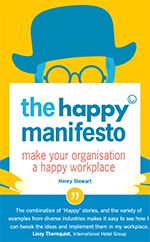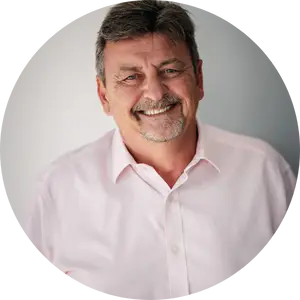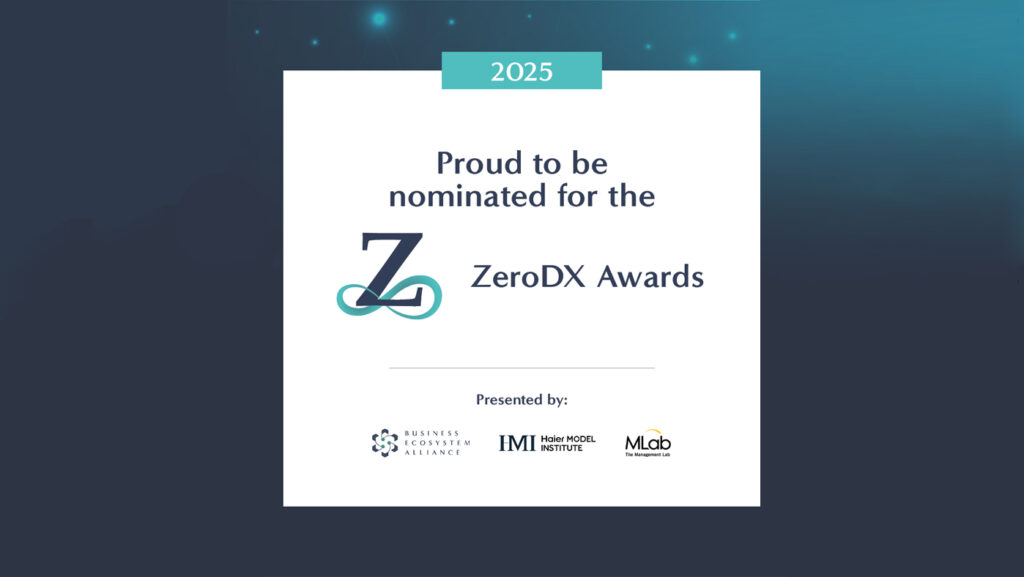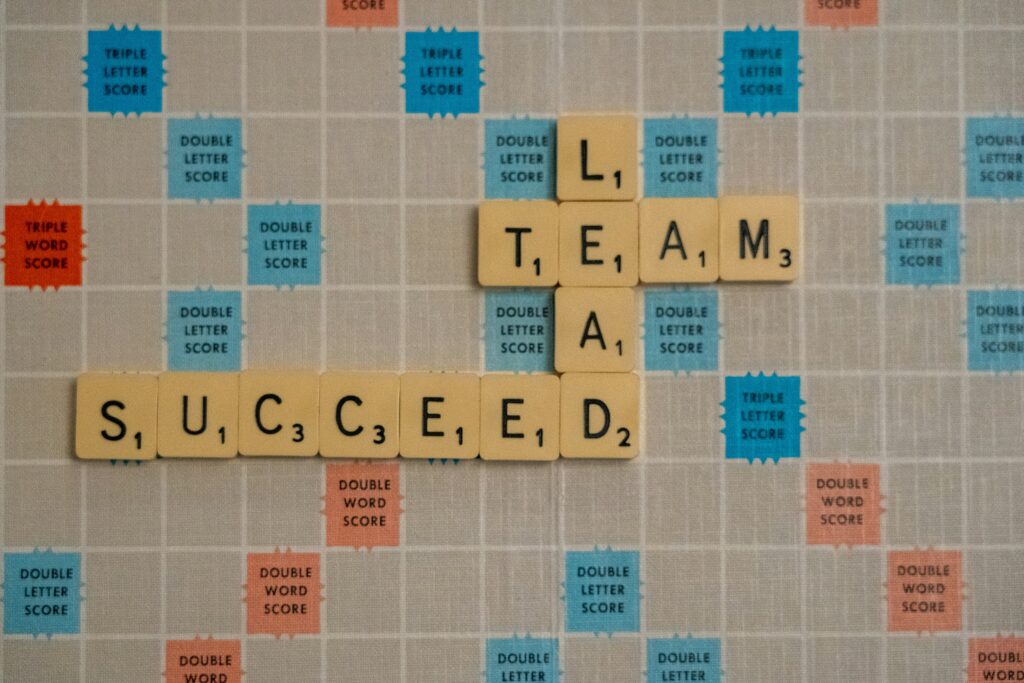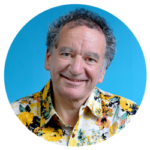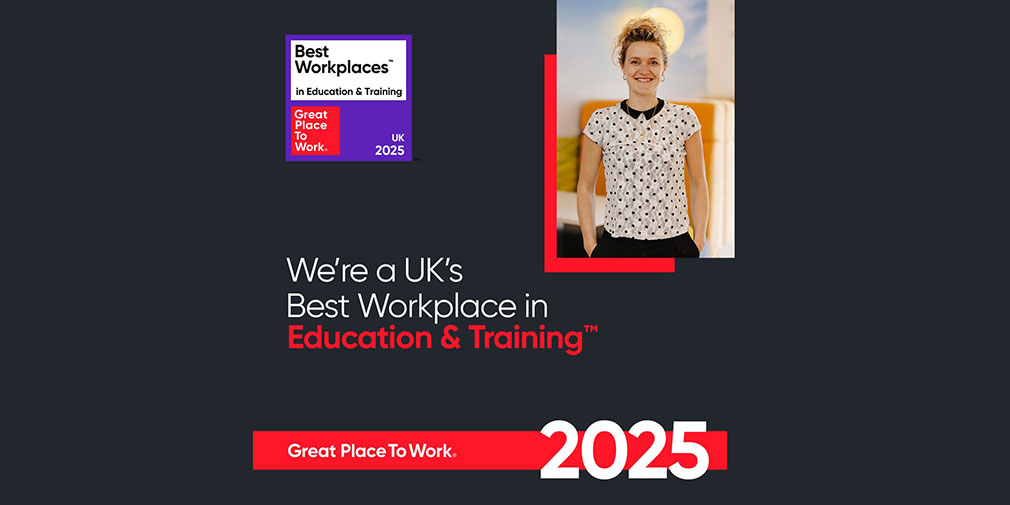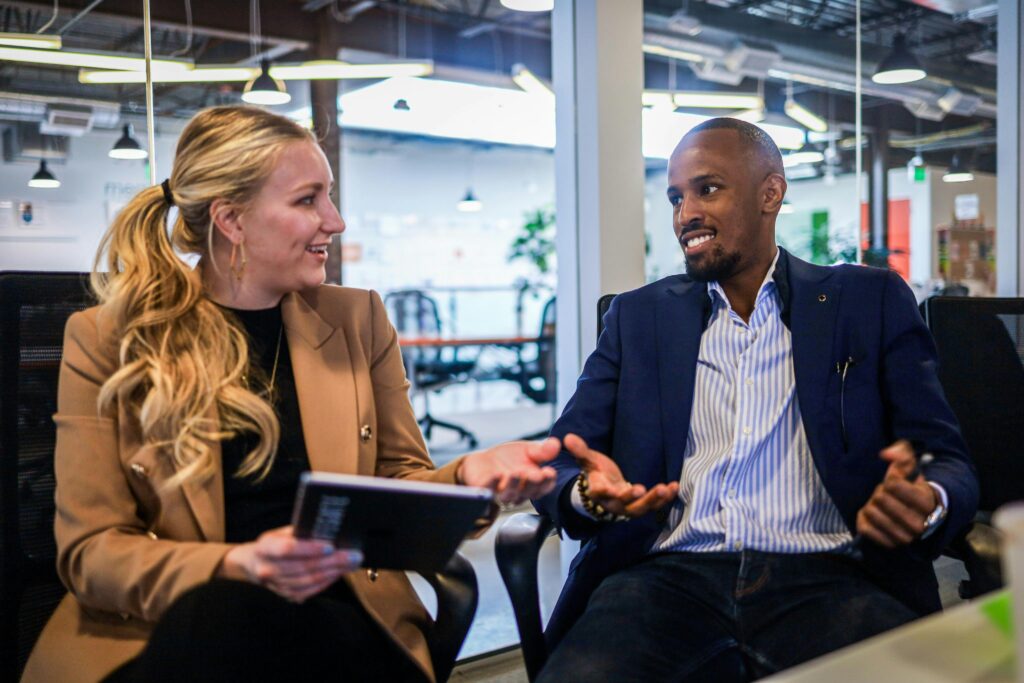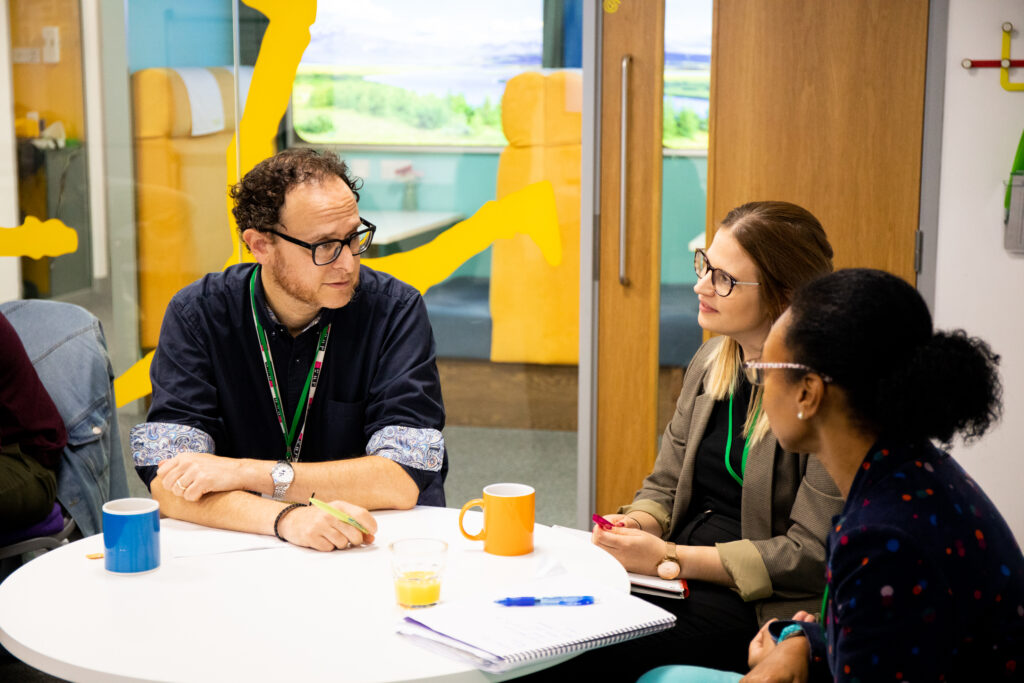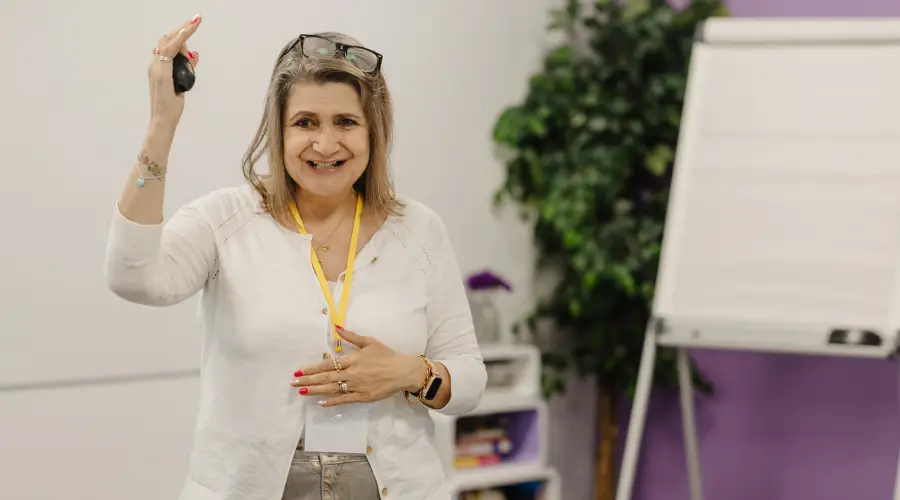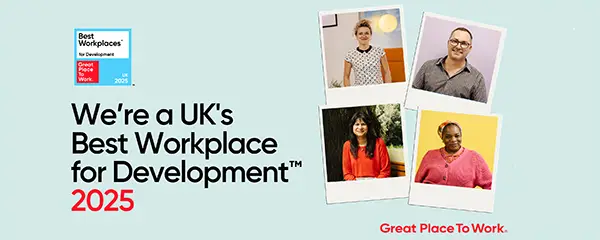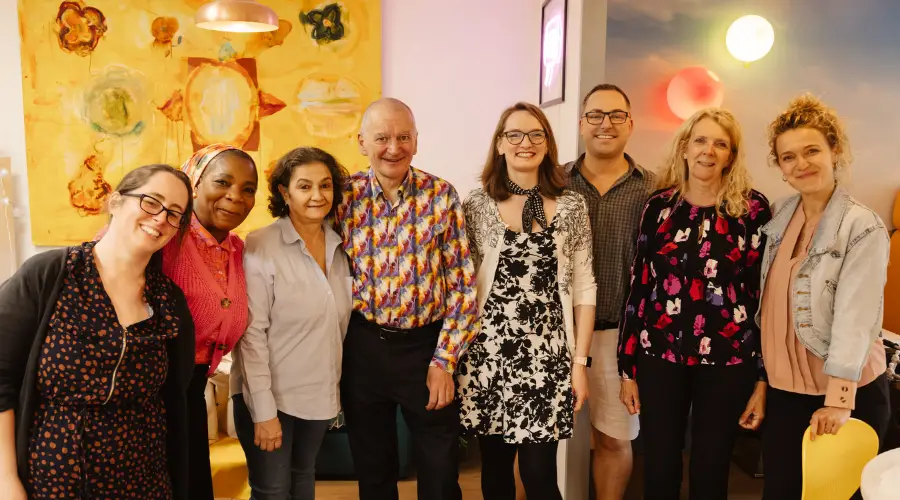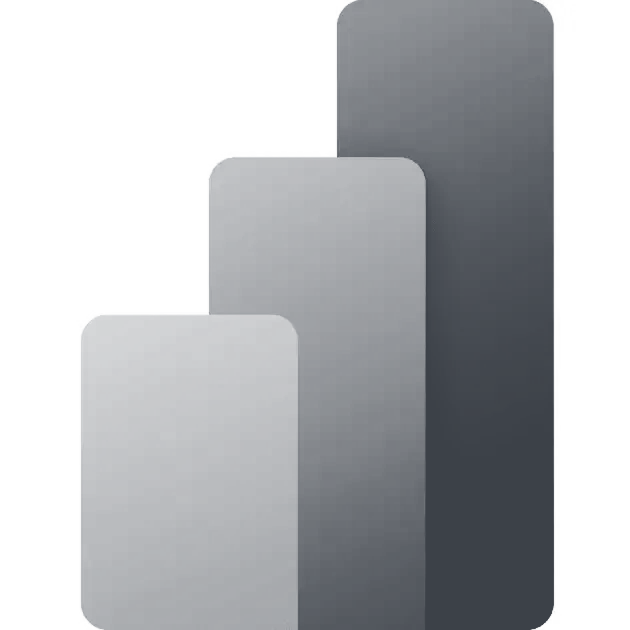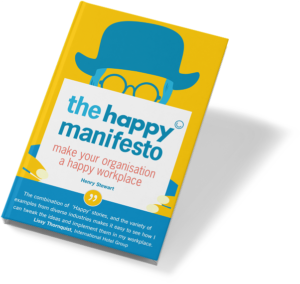When Andrew Barnes wanted to trial a four-day working week back in 2018, he had no idea that he was starting a journey that wouldn’t just impact Perpetual Guardian, but would start a movement that would take him, and the four-day week, all over the world.
The Perpetual Guardian trial was born when an academic from Auckland University of Technology heard about what the company were planning to do, and approached them to ask if he could run some research alongside the company’s trial. Andrew had hoped that by gifting his employees one day a week that they would find ways to keep productivity levels the same.
He was astounded at what actually happened: “We found that our team engagement scores went up 40%. Stress levels dropped 15%. What was critical was more people said they were better able to do their job working 4 days rather than 5.
“The other key findings: we found that there’s an improvement in teamwork, readiness for change, and team creativity and performance. And, our productivity went up to 125% of our original productivity.”
These results astounded Andrew, who admitted that he had “no idea” how, or indeed if, the trial would work.
It also caught the attention of businesses worldwide who saw the outcomes at Perpetual Guardian and wanted to replicate it in their workforce. Now global companies such as Volkswagen, Unilever and Panasonic, as well as smaller companies like us at Happy, have switched to, or are trialling, a four-day week. Could your organisation do it too?
What you will learn in this video:
- All about the Perpetual Guardian trial, the result and the 100-80-100 concept
- The human side of a four-day week: what that extra day really means to employees
- The health benefits of a four-day week from research by Henley Business School
- The changes in legislation in support of a four-day week even, surprisingly, in the United States
- How flexible a four-day week can be and how it even works for part time employees
- How a four-day week can even work in hospitality and medical settings
Related resources
- Check out The 4 Day Week Global website where you can find more about the research, join a pilot and find links to buy Andrew’s book The 4 Day Week
- Considering a 4 day week? Take a look at our new workshop, Making the 4 Day Week Work, to learn how to make the four-day week a success at your organisation
- The Happy Manifesto by Henry Stewart — click here to get your free eBook, full of great ideas for creating a happy workplace
- Happy’s 4 Day Week: How is Our Progress? — Happy joined over 60 other organisations in trialling a four-day week in June 2022. Read our 3 month update here.
- Could a 4 Day Week Work in Your Sector? Yes! — A common argument against the four-day week is that “it won’t work in my sector”. In this blog, Henry looks at different organisations who have successfully transition to a four-day week.
